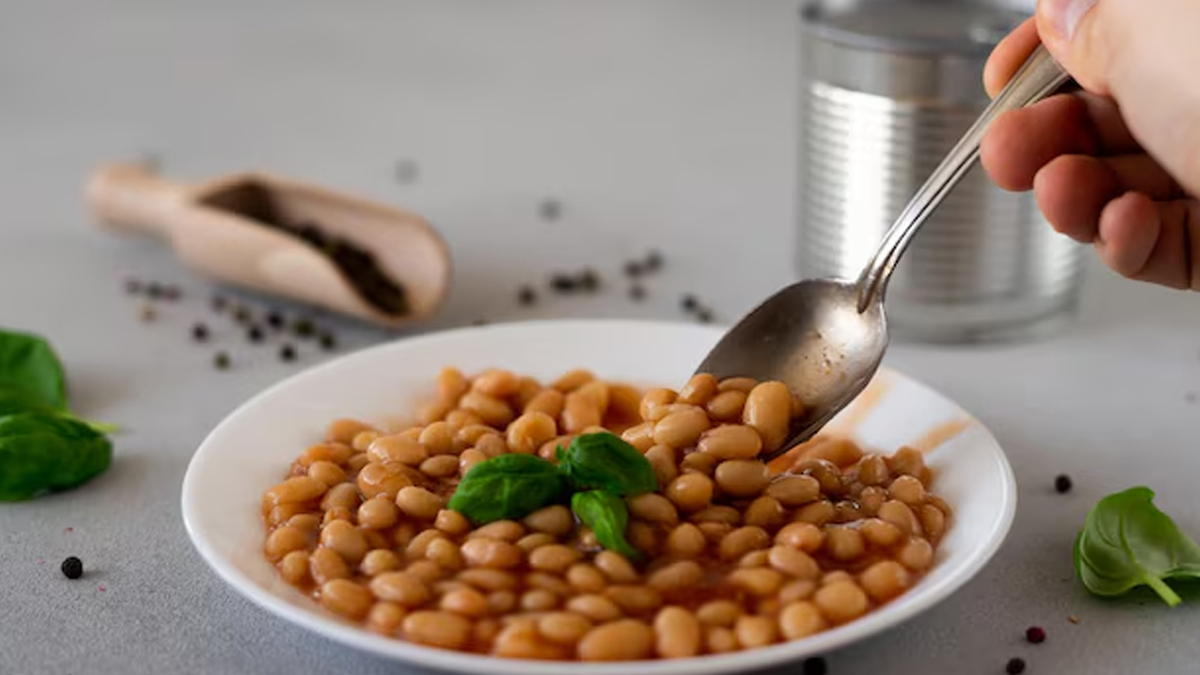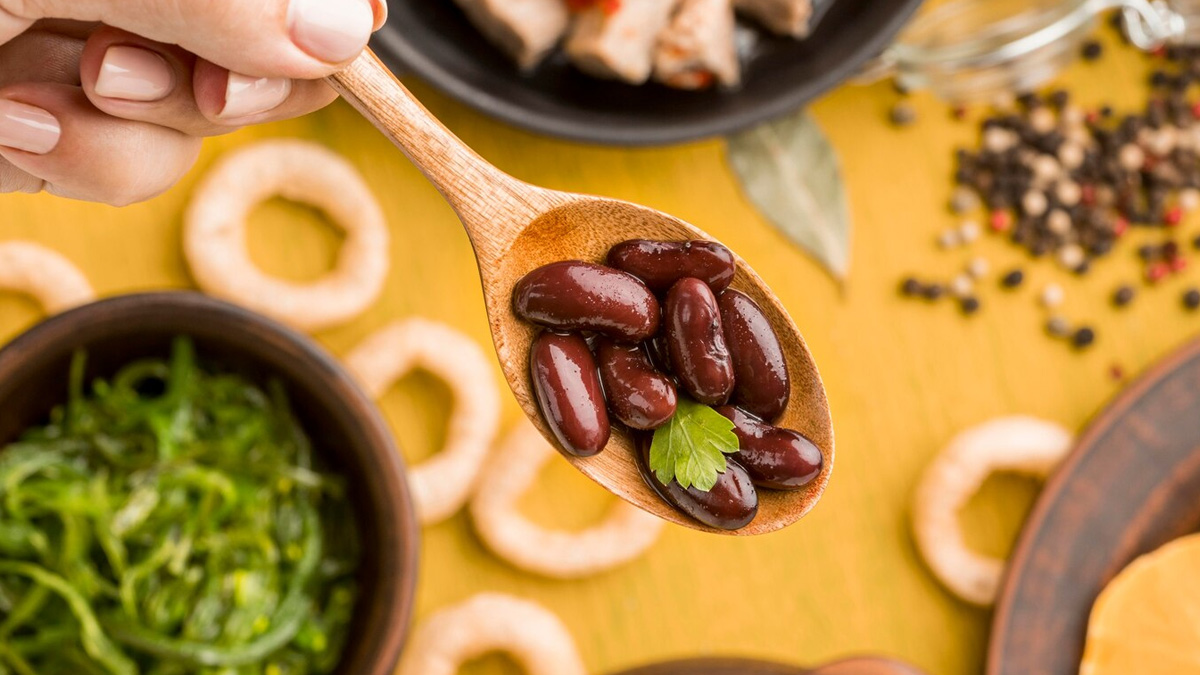Can Eating Beans Benefit People With Prediabetes
Diabetes is a chronic condition that can affect nearly every aspect of your life, from increasing the risk of heart disease and nerve damage to restricting your everyday diet. But before developing diabetes, the body often gives an early signal: prediabetes. It’s a silent warning that your blood sugar levels are higher than normal but not high enough to be diagnosed as type 2 diabetes, providing an important window to take preventive action.
While several foods are recommended for managing blood sugar, one food item that often leaves people wondering is beans. Packed with protein, fibre, and complex carbohydrates, beans can raise questions about whether they're truly safe or helpful for people with irregular blood sugar levels, especially when one is prediabetic.

Prediabetes is a condition where blood sugar levels are higher than normal but not high enough to be called type 2 diabetes. It occurs when the cells in your body do not respond to the hormone insulin. This stimulates the hormones to make more insulin. Eventually, they can't produce any more insulin, leading to increased blood sugar levels.
The World Health Organization (WHO) defines prediabetes in two ways: either your fasting blood sugar falls between 110 and 125 mg/dL, or your sugar level two hours after having a sugary drink (during a glucose test) falls between 140 and 200 mg/dL.
Eating a well-balanced diet is key to effectively managing blood sugar levels in the body. According to the American Diabetes Association (ADA), a healthy eating plan constitutes:

Beans are actually edible seeds that belong to the legume family, Fabaceae. They are versatile and extremely nutritious foods that come in several varieties.
Speaking with the OnlyMyHealth team, , shares, "Beans are a highly nutritious vegetable with proteins, minerals, vitamins and fibres. Its high fibre content gives it a low glycaemic index, which means that there is a sustained release of glucose to the body after consuming them."
This means that there is no sudden spiking of the glucose levels in the blood.
"Glucose spiking causes the pancreatic cells to get stimulated and secrete insulin, which balances the rising glucose levels. In prediabetics, the insulin production is reduced because of damaged pancreatic cells; hence, a sudden spike in glucose levels can cause damage to the body," Dr Hegde explains further.
Therefore, foods like beans, which don't spike the glucose levels too much, have to be consumed.
Like all food items, consuming large quantities of beans can cause indigestion, bloating, and gas. Some of the common reasons include:
Hence, moderation is key. All of these issues can be prevented by consuming smaller quantities, cooking or steaming the beans well before consuming, and taking adequate gaps between two cooked meals.

A good diabetic meal plan includes the right proportions of fibre, protein, and complex carbohydrates—something beans naturally offer in abundance. With their rich nutritional profile and versatility, beans make an excellent addition to both North and South Indian cuisines.
Health experts often recommend the DASH diet (Dietary Approaches to Stop Hypertension) for people with diabetes. This diet emphasises whole grains, vegetables, dals, lean proteins, and foods low in added sugars. Beans fit perfectly into this plan. However, if you're new to beans, it’s best to introduce them slowly. Here’s how to get started:
If you’re prediabetic, it is even more important to adopt certain lifestyle and dietary changes to reverse the condition. With their fibre-rich content and low glycaemic index, beans are an easy, affordable, and highly beneficial food to include in your everyday diabetic meal plan. However, moderation is very important, and alternating between different types of beans and understanding which works best for you is crucial.











